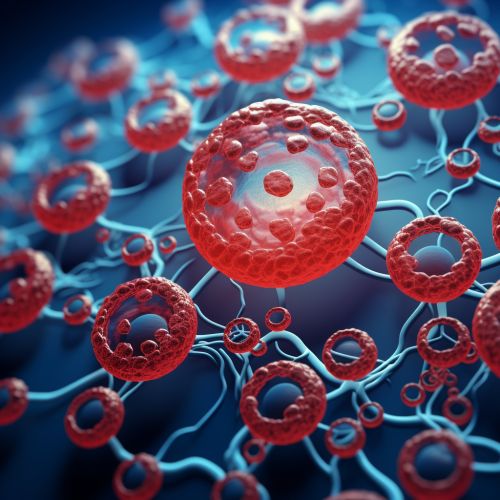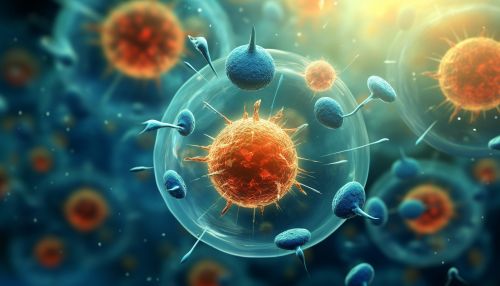Mechanisms of Stem Cell Niche Maintenance
Introduction
Stem cells are unique, undifferentiated cells capable of self-renewal and differentiation into specialized cell types. They are crucial for the development, growth, repair, and maintenance of tissues and organs in multicellular organisms. The microenvironment where stem cells reside, known as the stem cell niche, plays a pivotal role in regulating stem cell behavior. This article delves into the mechanisms of stem cell niche maintenance, focusing on the cellular and molecular interactions that ensure the niche's stability and functionality.


Stem Cell Niche: An Overview
The stem cell niche is a specialized microenvironment that hosts stem cells and regulates their fate. The niche is composed of various components, including support cells, extracellular matrix (ECM), blood vessels, and signaling molecules. The niche's primary function is to maintain the balance between stem cell self-renewal and differentiation, ensuring tissue homeostasis and repair.
Components of the Stem Cell Niche
The stem cell niche comprises several components, each playing a crucial role in stem cell maintenance. These include:
- Support Cells: Also known as niche cells, these cells provide physical support and secrete signaling molecules that regulate stem cell behavior.
- Extracellular Matrix (ECM): The ECM is a complex network of proteins and polysaccharides that provides structural support and mediates cell-cell and cell-matrix interactions.
- Blood Vessels: Blood vessels supply nutrients and oxygen to the niche and remove waste products. They also deliver systemic signals that influence stem cell behavior.
- Signaling Molecules: These are various proteins, growth factors, and hormones that regulate stem cell self-renewal and differentiation.
Mechanisms of Stem Cell Niche Maintenance
The maintenance of the stem cell niche is a complex process involving several mechanisms, including cell-cell interactions, cell-matrix interactions, signaling pathways, and systemic factors.
Cell-Cell Interactions
Cell-cell interactions are crucial for stem cell niche maintenance. Niche cells communicate with stem cells through direct contact (juxtacrine signaling) or by secreting signaling molecules (paracrine signaling). These interactions regulate stem cell self-renewal, differentiation, and apoptosis.
Cell-Matrix Interactions
Cell-matrix interactions play a vital role in niche maintenance. The ECM provides physical support to stem cells and mediates their interactions with niche cells. It also binds and presents signaling molecules, influencing stem cell behavior.
Signaling Pathways
Several signaling pathways are involved in stem cell niche maintenance. These include the Notch, Wnt, Hedgehog, and BMP pathways. These pathways regulate stem cell self-renewal and differentiation by controlling gene expression.
Systemic Factors
Systemic factors, such as hormones and growth factors, influence stem cell behavior. They are delivered to the niche via blood vessels and can regulate stem cell self-renewal and differentiation.
Challenges and Future Directions
Despite significant advances in our understanding of stem cell niche maintenance, several challenges remain. These include elucidating the precise molecular mechanisms involved, developing methods to manipulate the niche for therapeutic purposes, and understanding how aging and disease affect the niche. Future research in these areas could lead to novel therapies for a range of diseases, including cancer and degenerative disorders.
